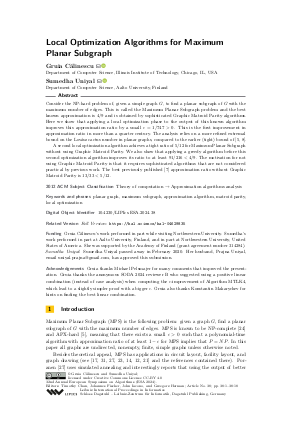LIPIcs.ESA.2024.38.pdf
- Filesize: 0.75 MB
- 18 pages

 Creative Commons Attribution 4.0 International license
Creative Commons Attribution 4.0 International license



























Feedback for Dagstuhl Publishing